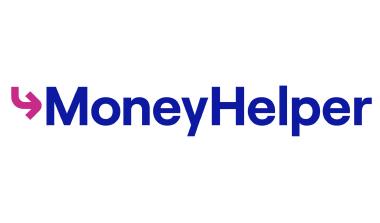How Much Do I & My Employer Have To Contribute?
Find out how much of your wages you and your employer must pay into your workplace pension, including our quick and easy calculator.
Calculate your workplace pension contributions
Enter your details into our Workplace pension contribution calculator to see how much you and your employer will typically pay into your pension.
What is the minimum workplace pension contribution?
The minimum you and your employer must usually contribute into your workplace pension is 8%, provided:
- your employer set up your pension automatically or
- you asked to join the scheme and your earnings are over £6,240 a year, £520 a month or £120 a week.
The 8% minimum contribution is typically made up of:
- 5% from your wages:
- 4% from you
- 1% from the government in tax relief
- 3% on top from your employer.
You might be able to pay in less than 5% if your employer contributes more.
How much must my employer contribute to my pension?
After your workplace pension has been set up, your employer must contribute if you earn over £6,240 a year, £520 a month or £120 a week.
Employer contributions must be at least 3% of your wages, but they can choose to pay in more. Some employers might even match your contributions up to a certain limit.
If you earn less than £6,240 a year, your employer can choose whether to contribute.
How much should I contribute to my pension?
Unless you have a defined benefit pension (usually only if you work in the public sector like the NHS, education or the Armed Forces), increasing the amount you pay into your pension can boost your retirement savings.
Use our Pension calculator to see:
- how much income you’re likely to need when you retire
- the income you’re on track to get with your current contributions
- how much extra you could get by changing your contributions.
What are ‘qualifying earnings’ for a pension?
Pension contributions are usually calculated as a percentage of your total earnings between £6,240 and £50,270. This is called your ‘qualifying earnings’.
But your scheme might use a different calculation based on ‘pensionable earnings’ instead. This is often your basic salary without things like commission, bonuses and overtime.
You can ask your employer which rules apply to you.



